Which of the following is the correct enthalpy diagramfor the electrophilic aromatic substitution?
A

B
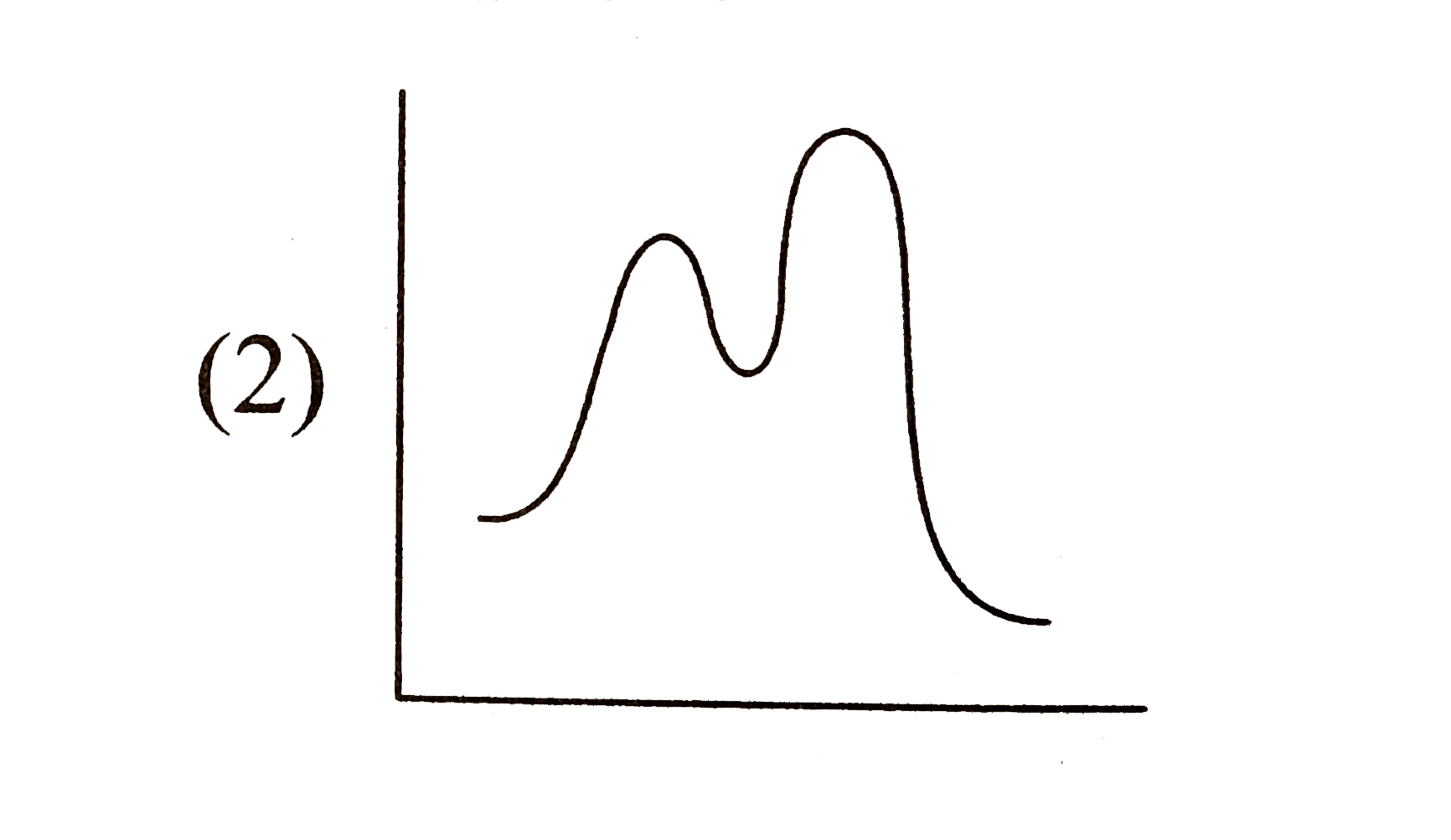
C

D
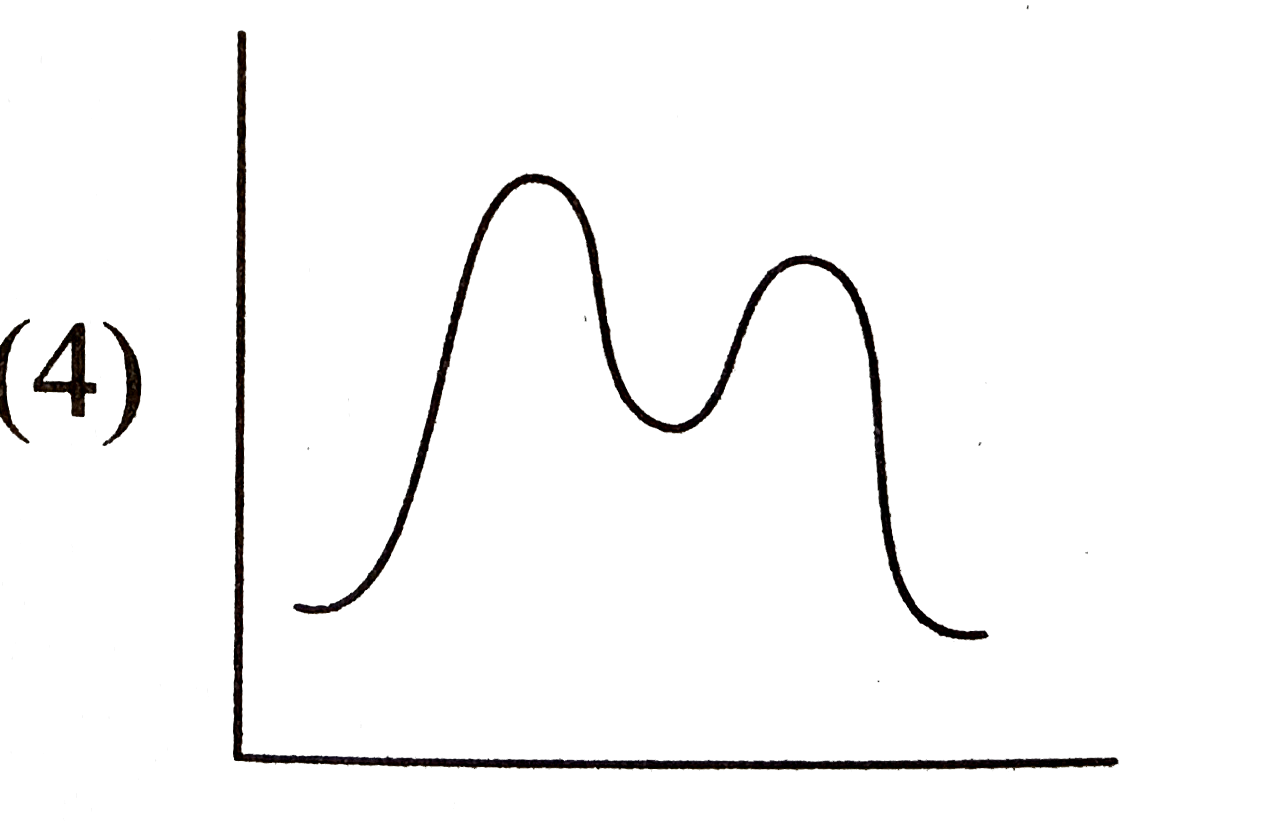
Video Solution
Text Solution
The correct Answer is:4
It is a two step mexhanism the first step formation of the intermediate arenium cation, is usually slow and rate-controlling. The second step, eliminationof H+, is fast because it restores aromatiicity, it has no effect on the overall reaction rate.
|
Updated on:21/07/2023
Topper's Solved these Questions
- BOOK - R SHARMACHAPTER - AROMATIC HYDROCARBONSEXERCISE - Follow up Test 617videos
AROMATIC HYDROCARBONS
- BOOK - R SHARMACHAPTER - AROMATIC HYDROCARBONSEXERCISE - Follow up Test 77videos
AROMATIC HYDROCARBONS
- BOOK - R SHARMACHAPTER - AROMATIC HYDROCARBONSEXERCISE - Follow up Test 412videos
AROMATIC HYDROCARBONS
- BOOK - R SHARMACHAPTER - ALKYNESEXERCISE - Archives42videos
ALKYNES
- BOOK - R SHARMACHAPTER - CHEMICAL BONDINGEXERCISE - Archives73videos
CHEMICAL BONDING
Similar Questions
Knowledge Check
- Question 1 - Select One
For an electrophilic aromatic substitution reaction
AChlorine is o-p directing group and also electron releasing groupBChlorine is o-p directing group and also electron withdrawing groupCChlorine is meta directing group and also electron releasing groupDChlorine is meta directing group and also electron withdrawing group - Question 2 - Select One or More
Which of the following are more reactive than diphenyl in electrophilic aromatic substitution reaction ?
A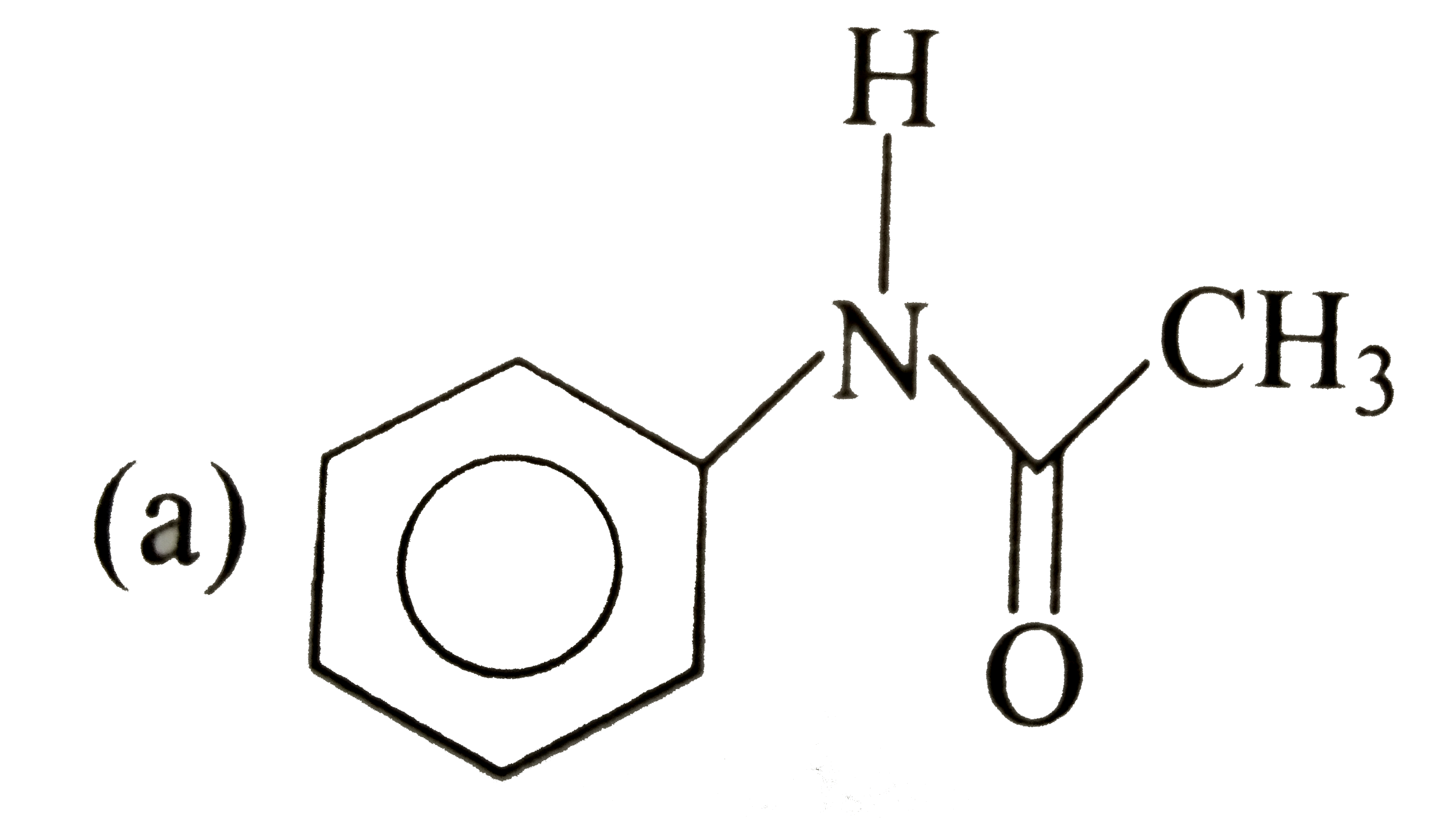 B
B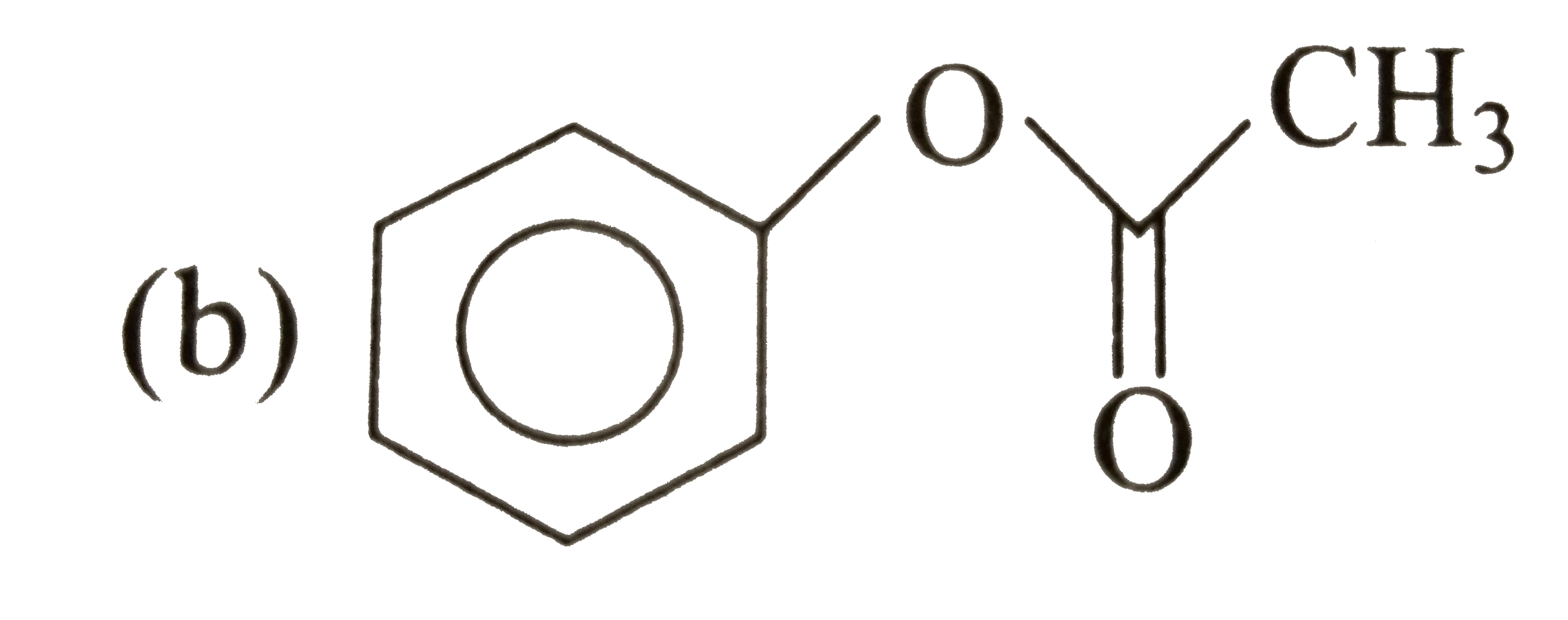 C
C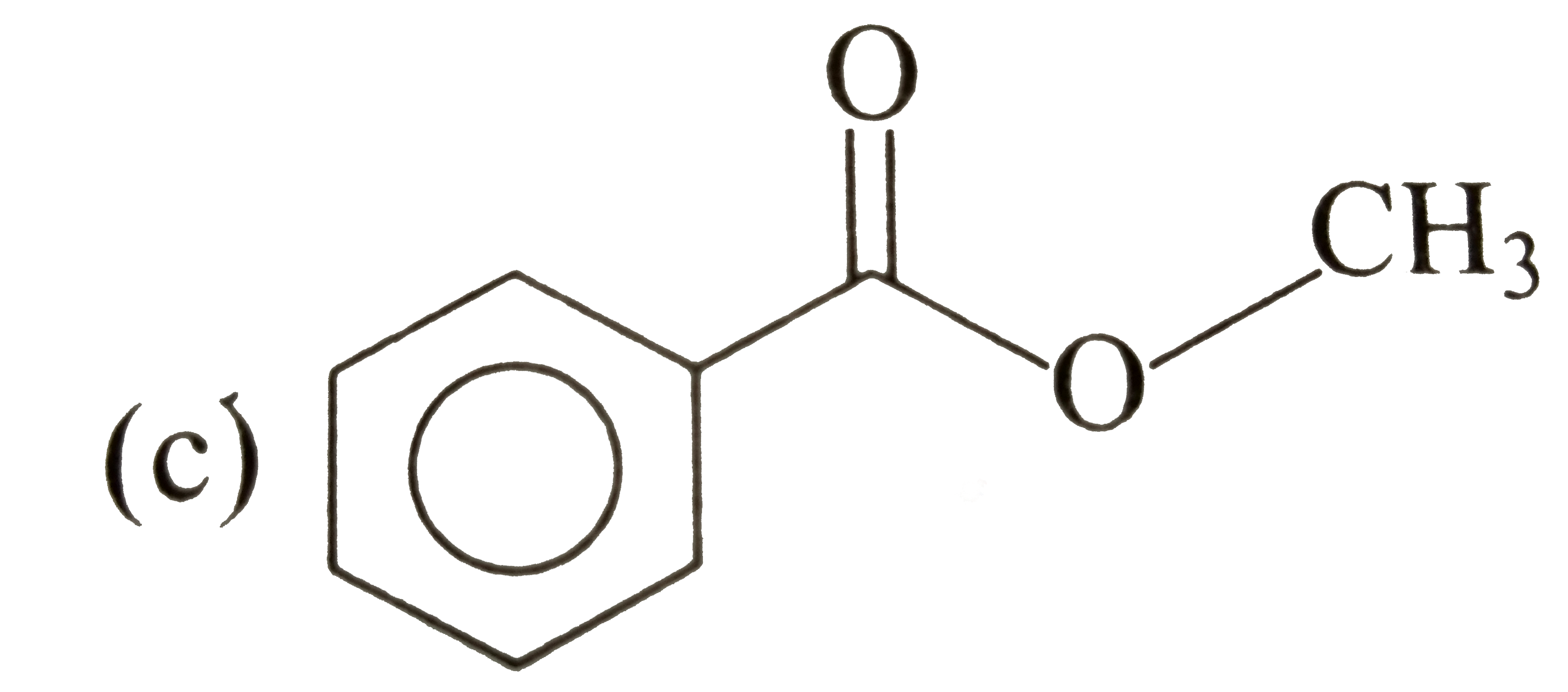 D
D
- Question 3 - Select One or More
Which of the following compound is expected to undergo fastest electrophilic aromatic substitution than unsubstituted benzene
A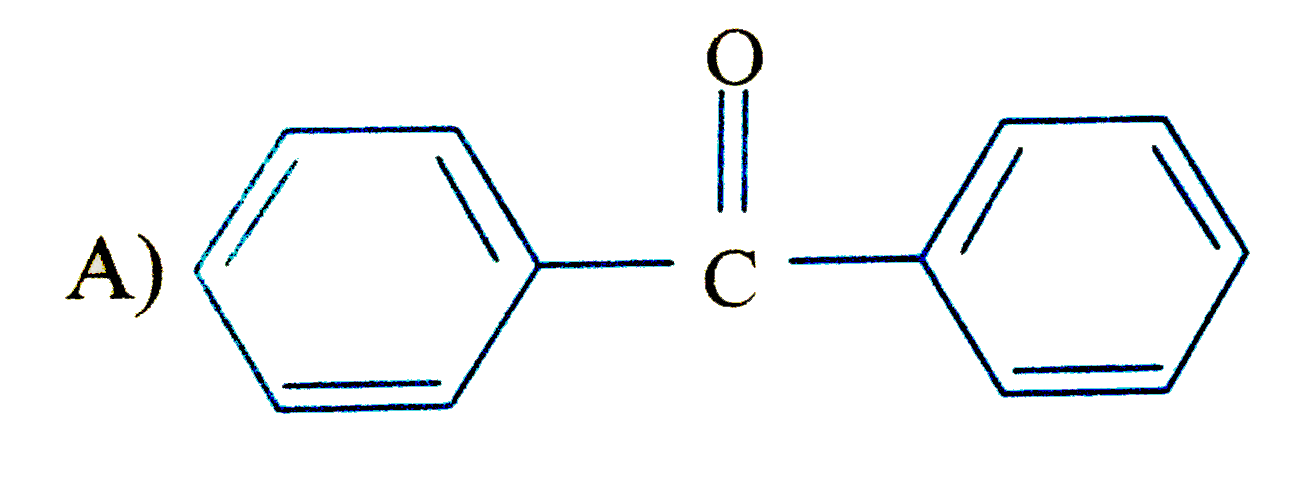 B
B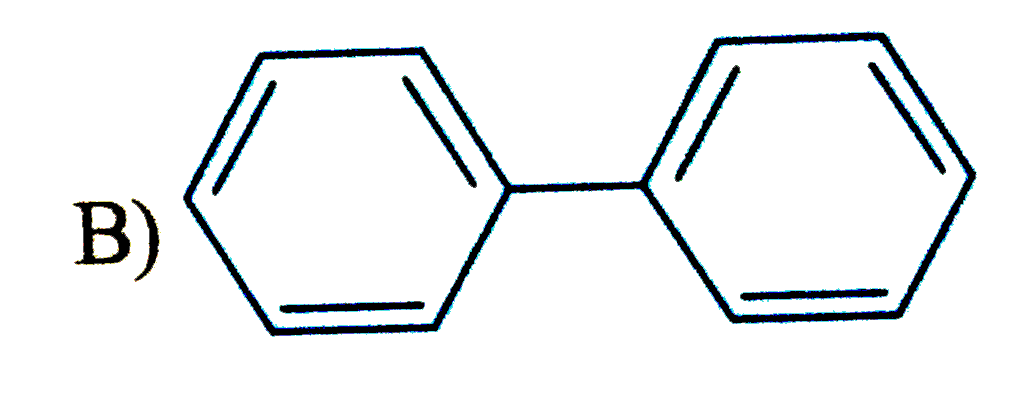 C
C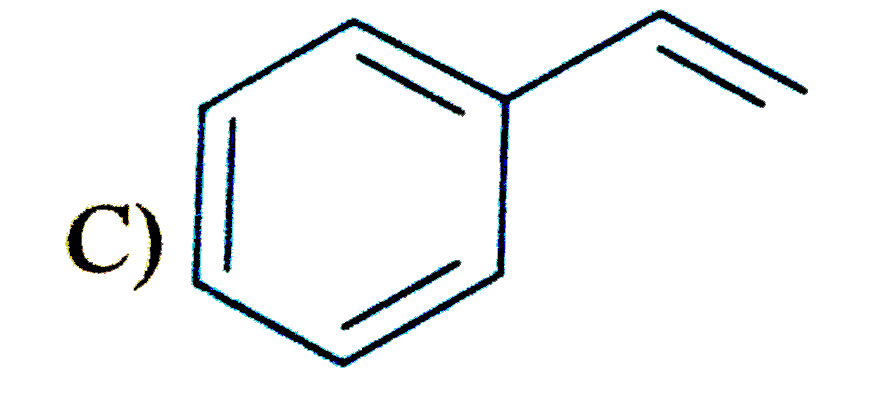 D
D
Which of the following is most reactive towards electrophillic aromatic substitution for halogen ?
View Solution
Correct order of rate of EAS (electrophilic aromatic substitution) isView SolutionCinnamic acid towards electrophilic aromatic substitution
View SolutionWhich of the following compounds is most reactive in electrophilic aromatic substitution?
View SolutionWhich of the following species is expected have maximum ethalpy in an electrophilic aromatic substitution reaction.
 View Solution
View Solution

